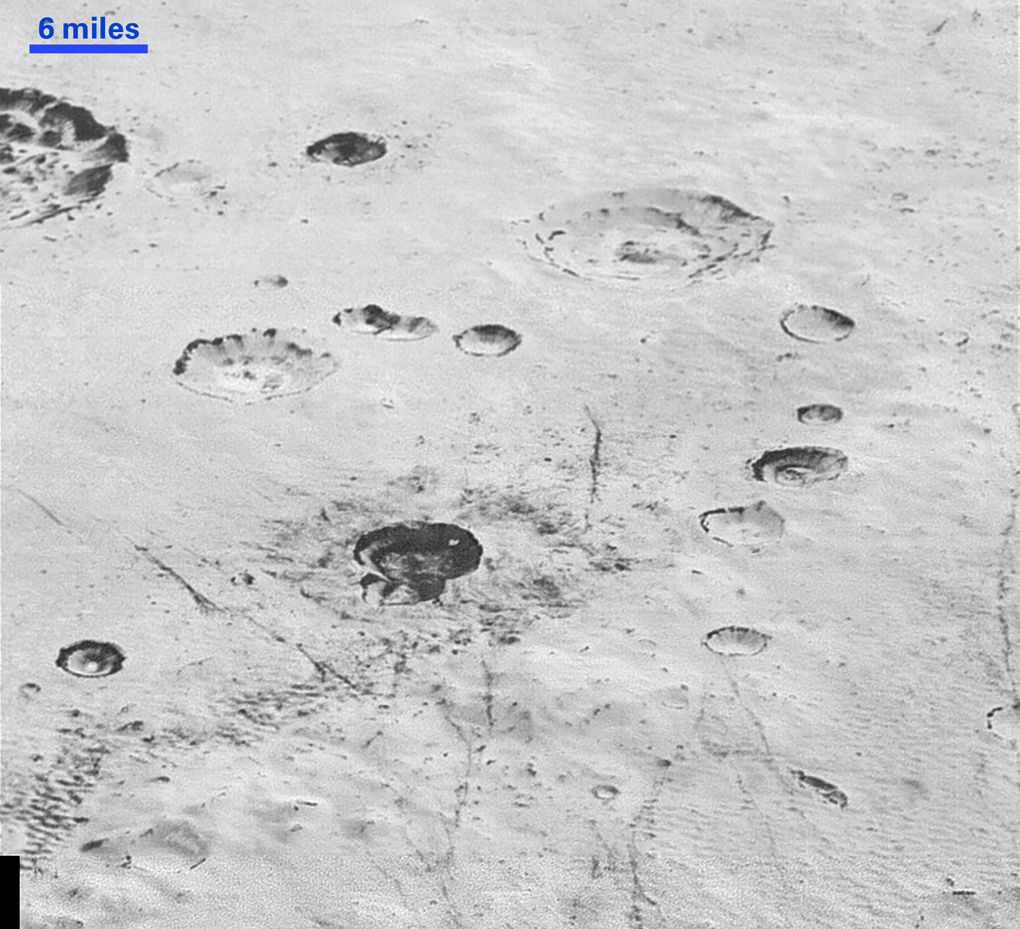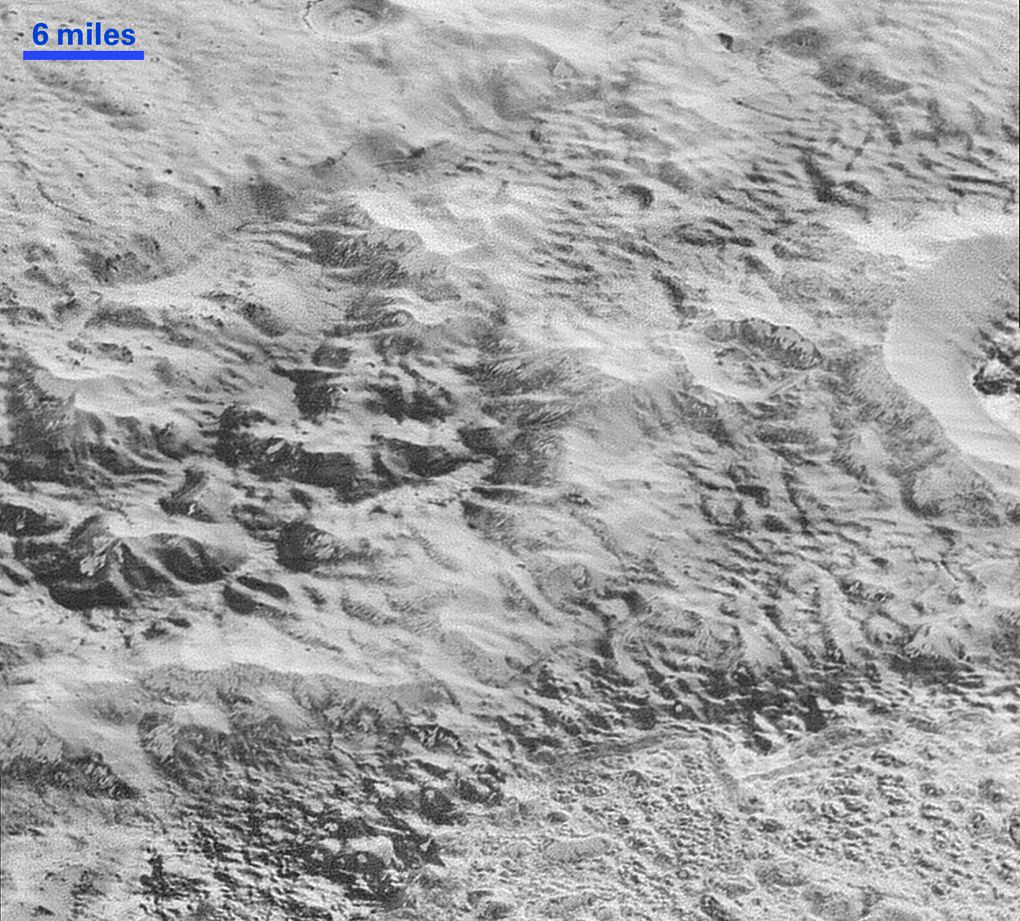NASA releases the highest resolution images ever taken of Pluto
This is the best view we’ll get — unless we go back
By Sean O’Kane
NASA has just released the highest resolution photographs of the surface of Pluto from the New Horizons flyby. The images were taken about 10,000 miles (17,000 kilometers) above the surface of Pluto, just 15 minutes before the spacecraft’s closest approach.
These are also the highest quality images that the spacecraft will ever send back, because they are lossless, or uncompressed. In contrast, the images that were sent back to Earth this summer were compressed in order to transfer more files faster. In a sense, they acted as preview images intended to show what was still to come when New Horizons had the time to transmit the full data set. (The spacecraft began a year-long process of downloading the remaining data this past September.)
THIS IS AS CLOSE AS WE GET
While it feels like we’ve become intimately familiar with Pluto since the flyby, no one (outside the New Horizons team) has seen the distant world in detail like this before. Features like the interior walls of the craters in Pluto’s surface are shown in stunning new detail, as are the pitted icy plains. Where we previously saw mountain ranges, now we see individual mountains.
This impressive new detail is not just eye candy. It signals a whole new trove of data for team scientists to inspect. For instance, close inspection of the craters is already helping them understand the layers that make up the dwarf planet’s surface. NASA says that more images from this highest resolution set will be downloaded in the coming week, and once the rest of these images have been downloaded we will have seen the finest detail of Pluto available — unless, someday, we decide to return.
There is still an enormous amount of data left on the spacecraft, too — around 60 percent of what was collected during the flyby. New Horizons is well over 3 billion miles from Earth (and already more than 100 million miles beyond Pluto), and when that distance is coupled with the limited technology onboard the spacecraft, it means that the data can only be transmitted at a rate of 1-4 kilobits per second. The New Horizons team will continue living off this drip of data until October of 2016 before it trains its instruments (pending NASA funding, of course) on its next target: 2014 MU69, a small, icy object 1 billion miles beyond Pluto in the Kuiper Belt.
Hint: Use the ‘s’ and ‘d’ keys to navigate
NASA has just released the highest resolution photographs of the surface of Pluto from the New Horizons flyby. The images were taken about 10,000 miles (17,000 kilometers) above the surface of Pluto, just 15 minutes before the spacecraft’s closest approach.
These are also the highest quality images that the spacecraft will ever send back, because they are lossless, or uncompressed. In contrast, the images that were sent back to Earth this summer were compressed in order to transfer more files faster. In a sense, they acted as preview images intended to show what was still to come when New Horizons had the time to transmit the full data set. (The spacecraft began a year-long process of downloading the remaining data this past September.)
THIS IS AS CLOSE AS WE GET
While it feels like we’ve become intimately familiar with Pluto since the flyby, no one (outside the New Horizons team) has seen the distant world in detail like this before. Features like the interior walls of the craters in Pluto’s surface are shown in stunning new detail, as are the pitted icy plains. Where we previously saw mountain ranges, now we see individual mountains.
This impressive new detail is not just eye candy. It signals a whole new trove of data for team scientists to inspect. For instance, close inspection of the craters is already helping them understand the layers that make up the dwarf planet’s surface. NASA says that more images from this highest resolution set will be downloaded in the coming week, and once the rest of these images have been downloaded we will have seen the finest detail of Pluto available — unless, someday, we decide to return.
There is still an enormous amount of data left on the spacecraft, too — around 60 percent of what was collected during the flyby. New Horizons is well over 3 billion miles from Earth (and already more than 100 million miles beyond Pluto), and when that distance is coupled with the limited technology onboard the spacecraft, it means that the data can only be transmitted at a rate of 1-4 kilobits per second. The New Horizons team will continue living off this drip of data until October of 2016 before it trains its instruments (pending NASA funding, of course) on its next target: 2014 MU69, a small, icy object 1 billion miles beyond Pluto in the Kuiper Belt.
http://www.theverge.com/2015/12/4/9851162/nasa-new-horizons-pluto-photo-new-high-resolution




